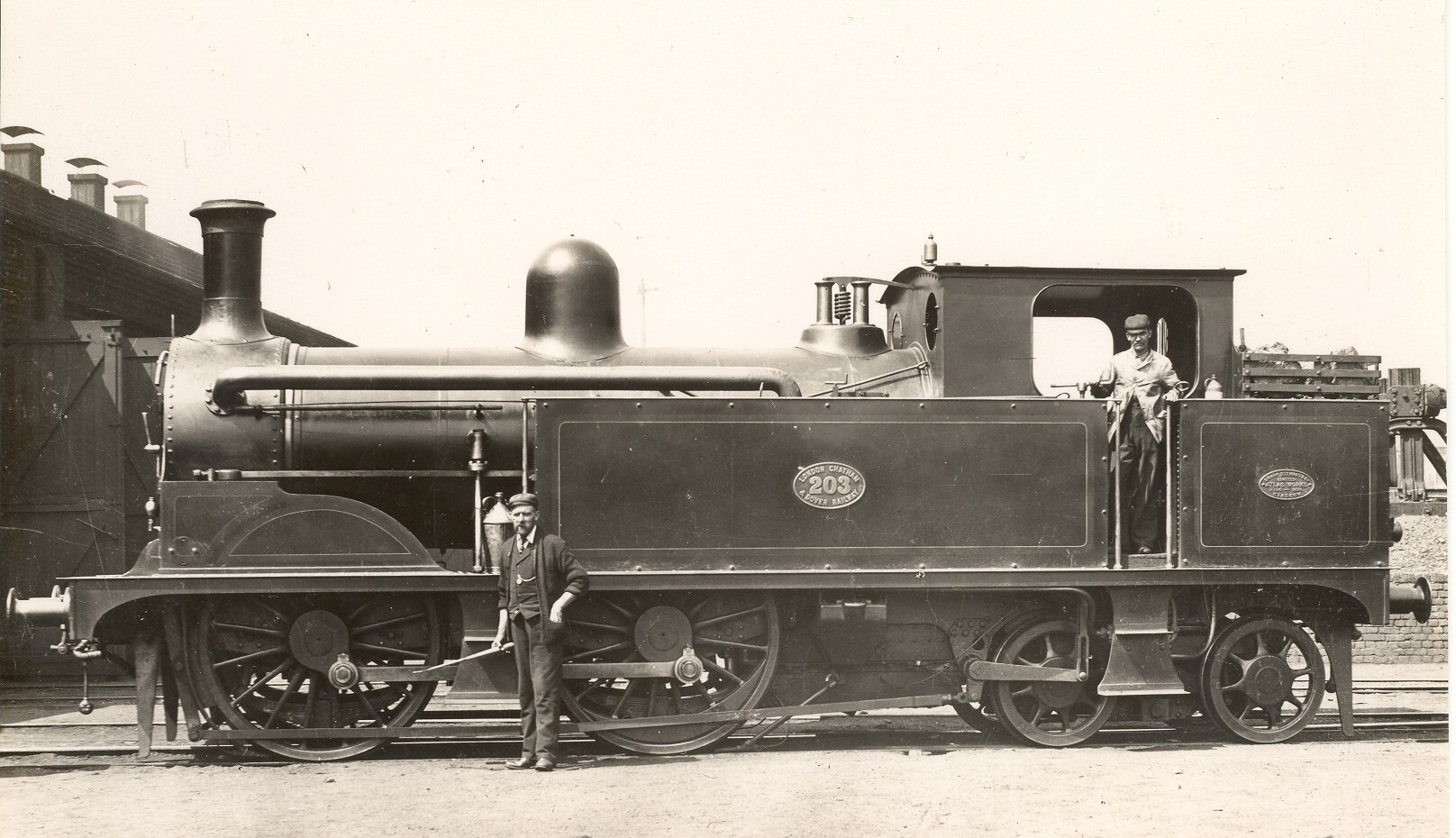
|
London, Chatham & Dover Railway 1858 - 1898 |
Ken Elks Copyright © 2005
The London, Chatham & Dover Railway began life as the East Kent Railway in 1852, with a proposal to build a railway linking the North Kent line terminus of the South Eastern Railway at Strood to Faversham, and thence to Canterbury. The new line would thus connect to London by obtaining running powers over the SER. The opposition to this by the SER laid the foundations for a bitter feud that continued for nearly four decades. Work began in 1854 with the construction of a bridge over the River Medway and some of the numerous tunnels. In the meantime the EKR applied for an extension to Dover. The section between Chatham and Faversham opened on 25 January 1858, with intermediate stations at Rainham, Sittingbourne and Teynham, to which New Brompton (now Gillingham) was added a few months later. A horse-drawn coach took passengers on to Canterbury and,. until the connecting line was eventually ready, on 29 March, transfer between Strood and Chatham was by horse omnibus. By then, the SER had built a new though station at Strood for it's line to Maidstone and closed their original terminus and it was this station that was used by the LCDR.
Work on the extension from Faversham to Dover commenced in 1857 but proceeded slowly due to lack of finance, so it was not opened as far as Canterbury until 8 July 1860, with an intermediate station at Selling. The rest of the line to Dover Priory did not open for another year, on 22 July 1861, extended to Dover Harbour in November. By then the EKR had made its ambitions clear, when it changed its name to the London, Chatham and Dover Railway on 1 August 1859, and had already begun seeking an alternative route into London which was not subject to the whims of the uncooperative SER.
To do this required the use of two other lines currently being built, one of which was the West End of London & Crystal Palace Railway which was completed between Bromley (quickly and more accurately renamed Shortlands) and Battersea in 1858. The other was the Victoria Station and Pimlico Railway, which continued the line from Battersea to Victoria. To connect to the WEL&CPR, the LCDR built a line from their Rochester station through Swanley to Bickley. Unfortunately at first, the SER had managed to secure the short section from Shortlands to Bickley and tried to obstruct the LCDR at every opportunity. It was not until 1863 that this was finally resolved and the SER had to hand it over to the LCDR. Nevertheless, despite the SER's spoiling tactics, LCDR services were able to open to Victoria on 3 December 1860. Services initially used the London, Brighton & South Coast Railway station at Victoria while the adjoining LCDR station was being completed.
The new line into London obviated the necessity for the LCDR to run trains over the North Kent Line and the connecting loop quickly fell into disuse. Just prior to this, the Sittingbourne & Sheerness Railway, promoted with the backing of the LCDR, opened its line from the LCDR's Sittingbourne station to Sheerness Dockyard on the Isle of Sheppey, with an intermediate station at Queenborough on 19 July 1860. This was operated from the beginning by the LCDR, though the two companies did not merge until 1876.
Another major development was what started off as the Herne Bay and Whitstable Railway and eventually became the Kent Coast Railway, which was also promoted by the EKR/LCDR in order to extend from Faversham to the Isle of Thanet and took several years to complete. This opened in stages, to Whitstable on 1 August 1860 and toHerne Bay nearly a year later, 13 July 1861. Finally,the line from Herne Bay to Margate and Ramsgate on 5 October 1863, with two intermediate stations, at Birchington and Broadstairs. The new station at Ramsgate was next to the Harbour (though it did not receive that name until 1899). Abranch line was also opened from Swanley to Sevenoaks (later called Bat & Ball) on 2 June 1862.
Meantime, the arrangements with the WEL&CPR were not proving satisfactory and the LCDR resolved this by building a line of their own, breaking off the WEL&CPR just to the west of Beckenham Junction to Herne Hill. There the line divided, with one branch to a new station at Stewarts Lane and also making a connection to the London & South Western Railway at Battersea. The other branch headed north via Elephant and Castle to Blackfriars Bridge and then to Ludgate Hill. Although parts were brought into service earlier, the whole of these Metropolitan Extensions were not completed until 1864. A branch from Nunhead to Crystal Palace (High Level) opened on 1 August 1865
For nearly a decade that followed the LCDR gradually extended and improved its London network, the most major undertaking being a branch from Nunhead to Blackheath Hill ready for service on 18 September 1871. Then came a major undertaking, with a line from Otford Junction on the Sevenoaks branch to Maidstone (opened 1 June 1874). During all of this period, and for several years after the LCDR spent a lot of time feuding with the SER, provoking them into building uneconomic or marginally profitable lines that would never otherwise have been considered. Yet the two rival railways were able to join together and operate jointly the Dover & Deal Railway. This connected the SER former terminus at Deal to Dover, via Walmer, Martin Mill and a junction near Kearsney through to Dover, with a short connecting line from the SER's Dover Town station to the LCDR. This opened on 15 June 1881. The following year the LCDR capitalised on this by adding the Kearsney Loop, a spur from the D&DR to the LCDR line between Canterbury and Dover, which enabled them to run a service directly to Deal from London.
There now remained little for the LCDR to do. A short branch was opened to Sheerness on 1 June 1883, and the Maidstone line was extended to Ashford, opening on 1 July 1884. The LCDR station was, as might be supposed, separate from that of the SER, and to the west. It was not until November 1891 that a connecting spur between the two lines was put in and then used mainly for transfer of goods. The only other major undertakings were the Gravesend Later Gravesend West Street) branch from the mainline near Fawkham, completed 10 May 1886, and the Catford Loop, a line from Nunhead to Shortlands via Catford and Ravensbourne (opened 1 July 1892).
By the mid-1890s, rivalry between the SER and LCDR began to subside, as some of the more ferocious protagonists on both sides had either died or retired. Discussions began about a possible amalgamation of some kind, which culminated in the South Eastern and Chatham Management Committee, in which resources were pooled and operated as one railway, with the SER taking 60% of the profits and the LCDR 40%. This came into being on 1 January 1899.

LCDR "R" Class 0-4-4 locomotive No.203, built in 1891
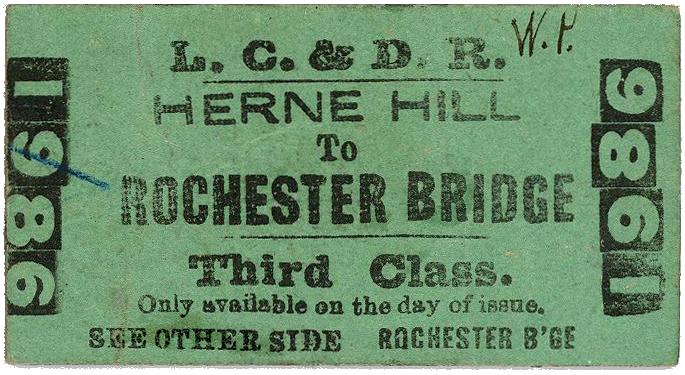
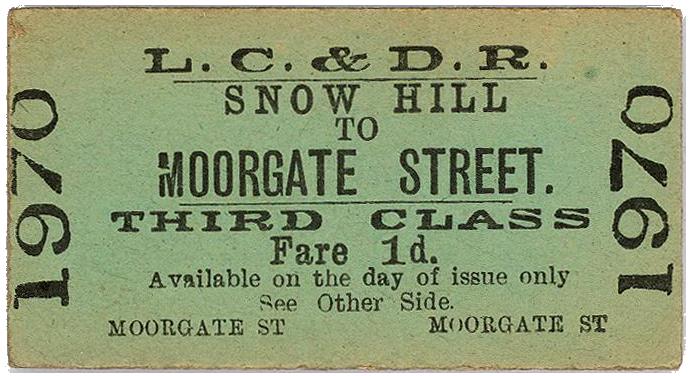
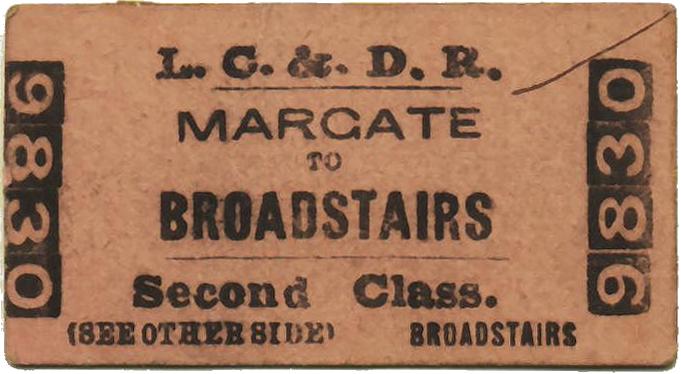
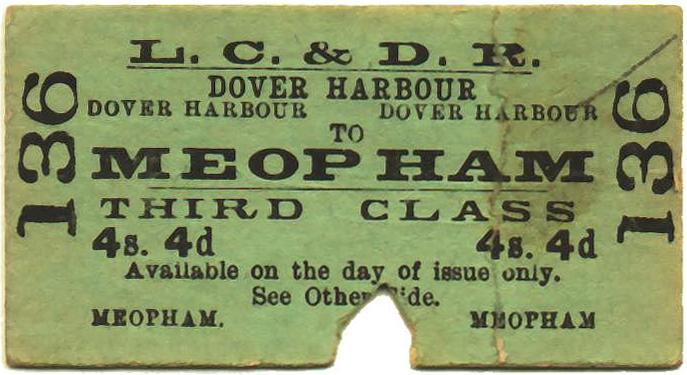
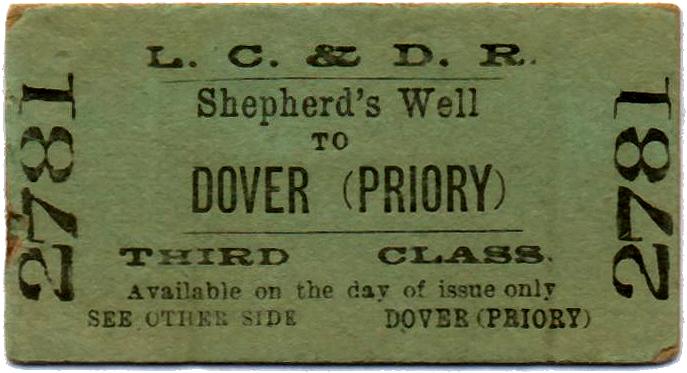
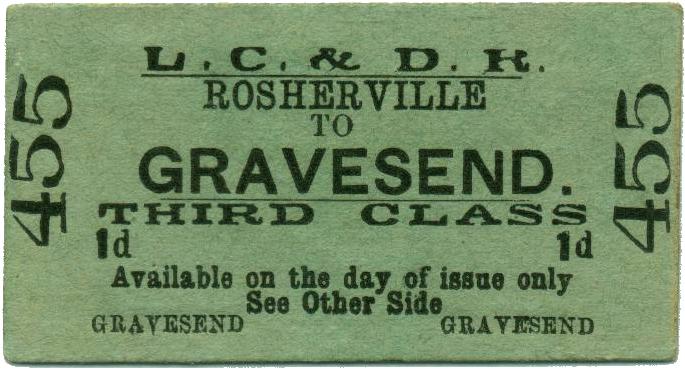
Further reading:
"The London Chatham & Dover Railway" by Adrian Gray, published in 1984
Meresborough Books